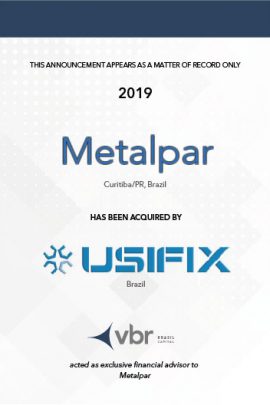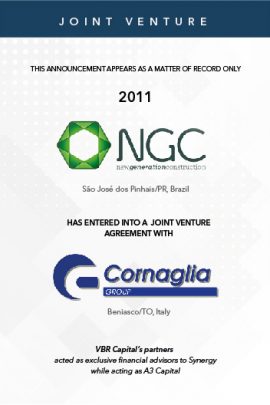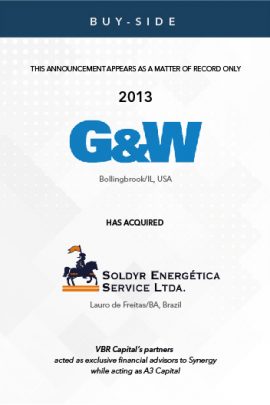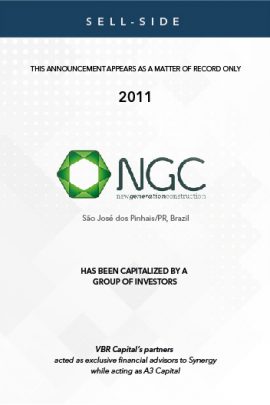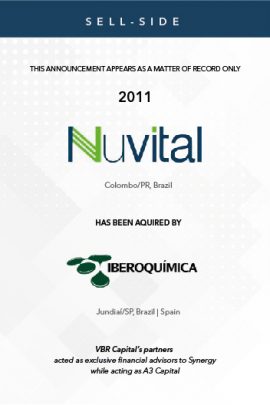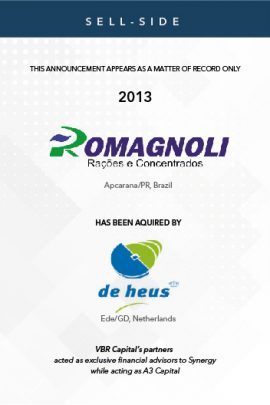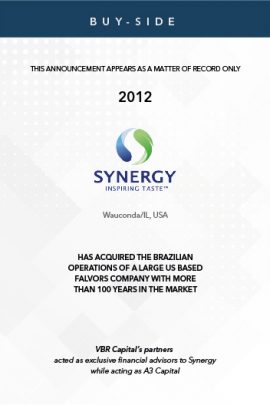It is in fact the end of an era. The old TJLP (Portuguese, stands for “Long Term Interest Rate”), a generally flat and stable rate presently at 7% p.a. (incredible but the lowest rate in the Brazilian economy!) will be substituted by TLP (Taxa de Longo Prazo – or “Long Term Rate” – just to change a bit).
The new rate will have two components, the official inflation rate, or IPCA, calculated by government bureau of statistics, IBGE, and another portion defined as follows:
TJLP = TLP = IPCA + a x actual interest rate of NTN-B, where[1]:
- “a” or alfa, is a coefficient to be applied from 2018 to 2022, as follows:
- 2018 = a = 0.60
- 2019 – a = 0.68
- 2020 – a = 0.76
- 2021 – a = 0.84
- 2022 – a = 0.92
- 2033 onwards – a = 1.00
- “NTN-B” is the Notes of National Treasury – Sovereign Debt or the equivalent to a “Risk Free Rate” of Brazil, supposed to close 2017 at 5%. It is already made as a “prefixed rate” based on the IPCA inflation. No surprises here.
BNDES (Brazilian Development Bank) exemplifies that will be the decomposition of today`s TLP:
TLP = TJLP = 7 % = IPCA (supposedly to close at 4 % in 2017) + a x Actual Interest Rate of NTN-B ( 5%), therefore,
7% = 4% + a x 5%
7% = 4% + 0,6 x 5%
This is a “transition rule”, but let`s dissect it a little bit. Suppose we were at December 31st 2020. What would be the TLP then? Considering a situation in which the IPCA surpass the target of 4.5% p.a. (say, 5.5%) and assuming the above “a” and actual rate of 5%, the total would be 9.30%, or 2.3% over the present rate.
Government wants to provide what it calls preferred interest rates, for investments, but closer to the inflationary reality, less subsidized than it is today.
As of today BNDES is the preferred method of long term financing of investments for the small and medium size companies (buying real estate, machinery, etc). The success of the continuity of this preference for BNDES loans will depend, therefore, in the quality of the Central Bank`s management. Keeping a healthy (low) inflation rate is crucial. The other variable will depend pretty much on the definitions of actual interest rates. If the US FED starts increasing interest rates (which became clear it will, but in a longer period of time and in lower rates than initially feared in Brazil) and if Brazil does not reconquers its Credit Rate (Investment Grade) soon, we run the risk of ending 2023 with credits that will be unattractive to the small and medium size company.
As I like to sustain, it is better to be economically realistic and subsidize companies as former governments did. If the “usual suspects” are not allowed to do what they did in the last years (Odebrecht, JBS Friboi, Cuban and Venezuelan governments, etc), some sort of economic common sense will be reestablish in BNDES.
Let`s hope Central Bank keeps the economy under control. If in 2018 another populistic president is elected, we will see some new problems arise from this corner of our economy.
Font: https://goo.gl/mJnStX
Wesley Figueira
Sócia | Risk Advisory na Russell Bedford Brasil | Valuconcept


